
The Business of Fashion
Agenda-setting intelligence, analysis and advice for the global fashion community.

Agenda-setting intelligence, analysis and advice for the global fashion community.
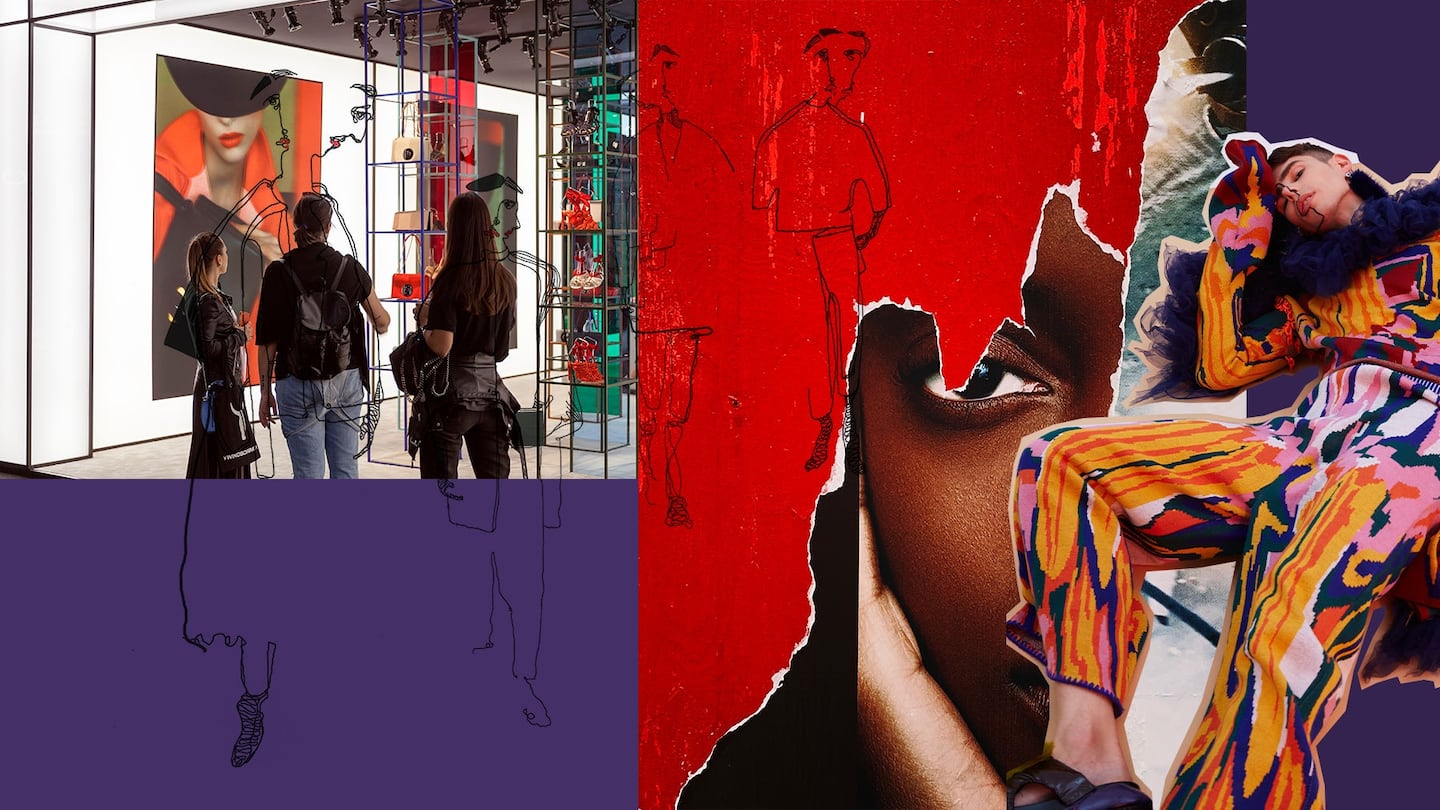
Explore BoF’s full report on The Best Fashion Schools in the World 2019 and the new methodology here.
LONDON, United Kingdom — What constitutes a top-quality fashion education in 2019?
Well, that depends. While there are some important, common considerations, like the quality of teaching, access to good facilities and the dynamism and diversity of the student body, in the end the answer depends on the student themselves. It depends on their own personal career goals and objectives. It depends on their budget. And it depends on the kind of city they want to live in, the kinds of people they want to study with and their preferred learning style. In short, there is not just one answer. This is what we had in mind as we developed the latest edition of BoF’s annual report on the state of fashion education.
Starting with our inaugural report in 2015, and then in subsequent reports in 2016 and 2017, BoF ranked fashion schools numerically at both the undergraduate and graduate levels, on the creative side and on the business side, designed to help prospective fashion students choose an institution of higher learning that is a good fit for them to pursue their own career dreams and ambitions. While these rigorous analyses helped to spark a robust global conversation on fashion education and have consistently remained some of the most widely read features on BoF, we learned that another important set of stakeholders were dissatisfied with our approach: the fashion schools themselves — even some of those which had featured at the very top of our rankings.
ADVERTISEMENT
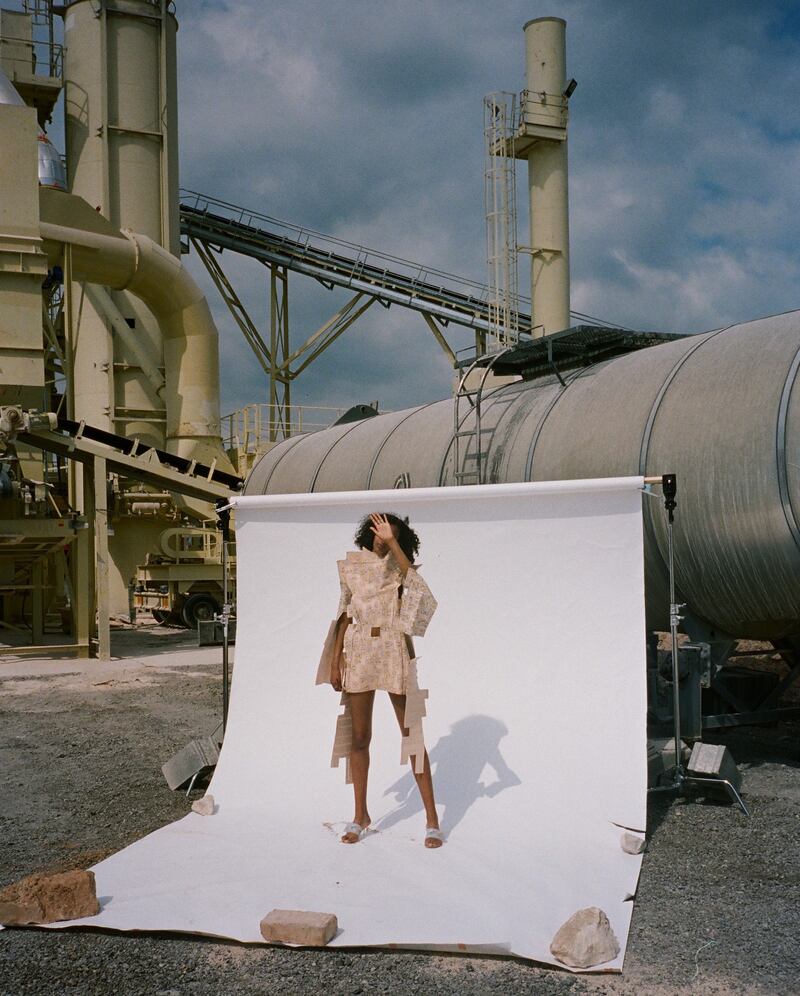
Istituto Europeo di Design, Milan | Source: Courtesy
We decided to take a pause in 2018 and re-evaluate our approach to fashion school rankings altogether. We undertook a thorough review of our methodology and the way we communicated our results. We even contemplated not publishing our annual report on fashion education at all. Nothing was off the table.
Over the course of the next 12 months, we formed the BoF Education Council, a committee of 12 notable global experts in fashion education and the industry. They became our trusted guides as we sought to completely re-imagine how we analysed and presented our results. We spoke to dozens of fashion educators from the around the world to gather feedback on our existing methodology and to understand how our rankings were influencing the global conversation on fashion education. And we also heard from students who told us that our education report had really equipped them with the information they needed to make the right decision for them.
A New Methodology
With this feedback in hand, we decided to continue on. It was clear that while there is an opportunity to evolve the approach to our fashion school assessment, there is still an important role for BoF to play in the global conversation about fashion education, and the vast majority of educators and students that we spoke to found value in being part of it.
So what have we changed in response to the feedback we have gathered?
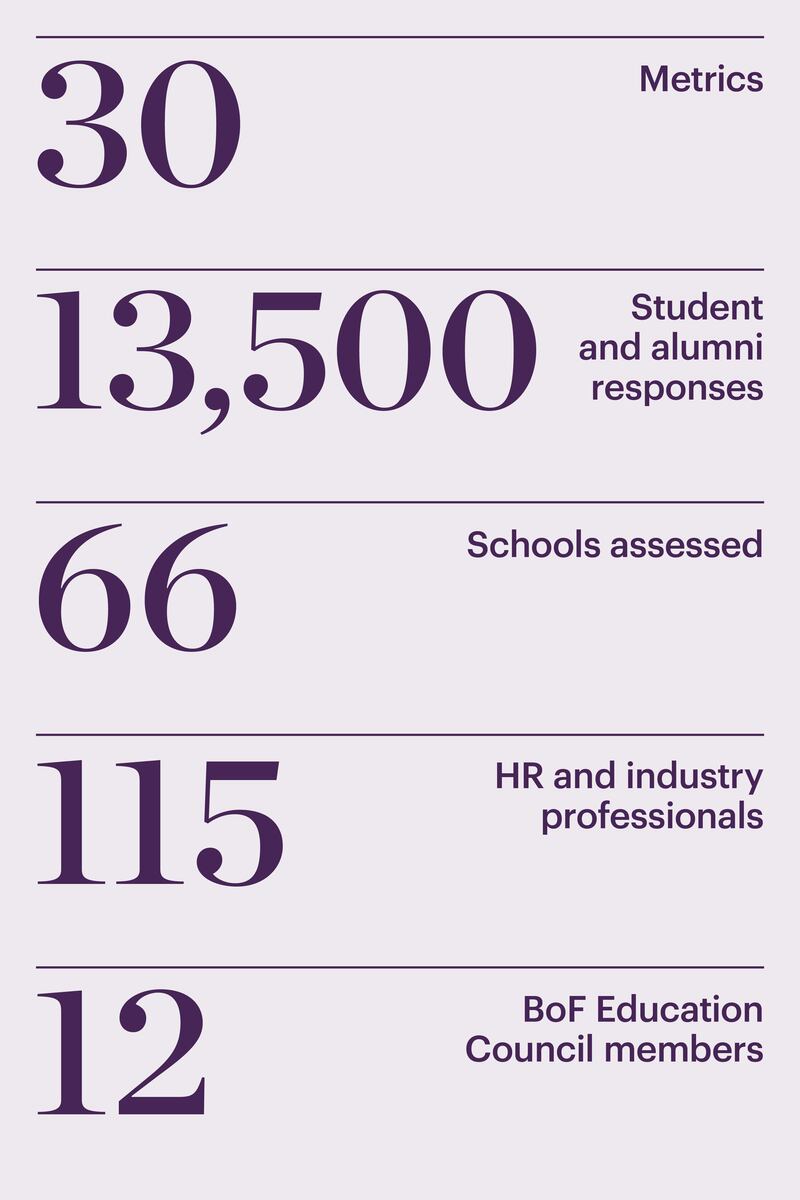
Source: BoF
What hasn’t changed is the rigour and diversity of data we use to arrive at our conclusions. This year, we assessed a total 138 programmes at 66 institutions in 23 countries, using 30 distinct data points.
ADVERTISEMENT
The voice of students — the end customer of any fashion education programme — remains a big part of our methodology. This year, we gathered survey feedback from a record number of over 13,500 student and alumni. The resulting final list of 95 programmes at 43 institutions in 16 countries around the world is BoF's definitive guide to the world's best fashion schools in 2019. The full guide can be found here.
Some institutions chose not to actively participate in this year’s assessment. We respect their decision not to do so, as we know they entirely respect our right to publish the results of our analysis. In some cases, particularly for non-participating schools in the UK and the US, we were able to draw upon publicly available data sources, as well as data provided to us by those schools in previous years, to include these institutions with the confidence that we are still providing a statistically representative assessment.
Where we were unable to obtain enough data for specific programmes, where we did not have enough student and alumni responses, or where the data provided from schools was incomplete or insufficient, we preferred not to include a school at all, as opposed to using incomplete data which could result in an inaccurate representation in our assessment. As such, some reputable programmes may not appear in our final selection. This does not mean they are not worthy institutions which merit a student’s consideration. It simply means we did not have enough data to include them. We hope with our new assessment that these schools will consider actively participating in our assessment next year.
Relationships & Access to Industry
Several interesting themes emerged from our analysis this year. In a bid to increase student preparedness for a successful career in fashion, many of the best fashion schools are introducing industry projects and mandatory internships to their curriculum. "If we look long term, schools that are useful will connect students with studios, because brands reach out to schools," said Floriane de Saint Pierre, a globally recognised head-hunter in fashion, and member of our Education Council.
At Polimoda in Florence, Italy, company-driven projects stood out amongst the students and alumni we surveyed. The institute provides opportunities for students to visit companies and begin building up their network while studying. Past partners include Max Mara, Emilio Pucci and Pitti Immagine, while its "Business Links" event, where companies scout for talent, has attracted companies such as Gucci and OTB.
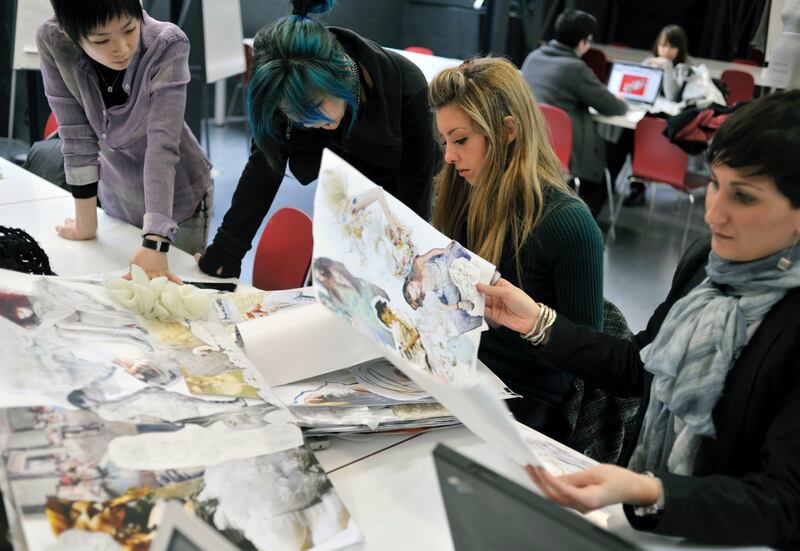
Istituto Marangoni, London | Source: Courtesy
At Thomas Jefferson University in Philadelphia, United States, students worked on a collaborative project with Verizon on wearable technology. The company developed the prototype and hosted students in its New Jersey headquarters to work with their internal teams. Students say the Accademia Costume e Moda in Rome also excelled at providing them with cross-industry collaboration through its leather and sustainability project with Gucci.
ADVERTISEMENT
When it comes to internships however, success in obtaining high quality placements is varied. Only 68 percent of students in BA and MA programmes in Fashion Business & Management partake in internships — a number which rises to 75 percent for Fashion Art Direction & Communications, and 78 percent for Fashion Design. One in four Fashion Design students are dissatisfied with the support they receive in obtaining internships and 65 percent of Fashion Art Direction & Communications students are dissatisfied. “There’s an overwhelming concern about how difficult it is to get a job in the market,” said Karen Harvey, chief executive of Karen Harvey Consultancy Group, and a member of BoF’s Education Council. “Many of the students… wanted to open their own businesses, there were not many that wanted to work for brands.”
Members of BoF’s Education Council urge schools to continue investing in students, since they rarely leave school fully prepared for a career. “That’s a tension in terms of the sorts of graduates we produce,” said Jane Rapley, professor emerita at Central Saint Martins, and honorary chair of the Council. “The industry needs to continue investing to help these people find focus and use those talents in the most appropriate way,” and often it’s by providing internships and placements within the chosen degree.
Multidisciplinary Approaches
In a modern fashion business, it is increasingly important for a creative director to have an understanding of sustainability, or for a chief executive to be familiar with the design process. Students are increasingly seeking out multi-disciplinary courses for a well-rounded and broad knowledge, and the schools are responding.
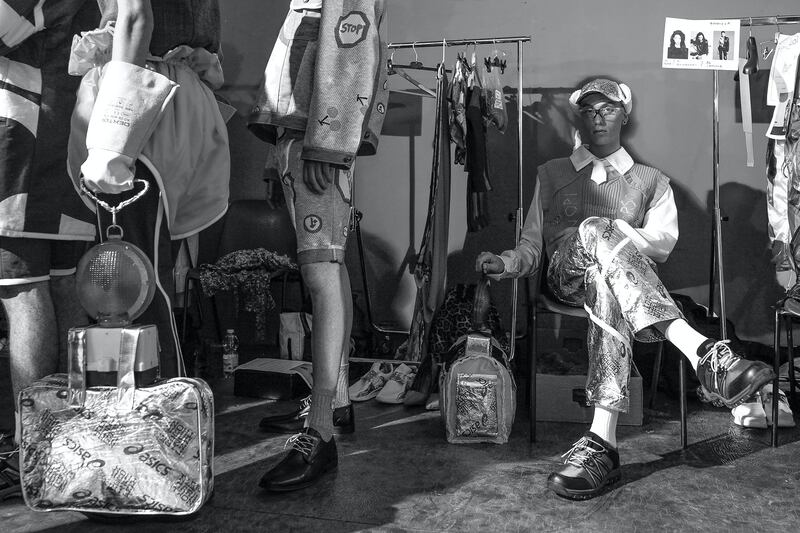
Polimoda, Florence | Source: Courtesy
At Aalto University in Helsinki, Finland, for instance, in the BA Fashion Design programme students are encouraged to cross over different disciplines and support their thinking with courses from Aalto's art, design and architecture school or its business and technology programme. Meanwhile Drexel University's BS in Design and Merchandising combines business and creative courses, where students are exposed to paths from textiles and manufacturing to media and public relations.
However, cautions the BoF Education Council, schools need to strike the right balance between honing new skills and allowing for deep immersion into a specific degree. In China, for instance, the quality of fashion design programmes isn’t meeting industry standards, said Christine Tsui, fashion business consultant and columnist. “Today’s education teaches seemingly new things, but they ignore the traditional elements,” she said.
Karen Harvey agrees. “I think the classic skills are very important,” she said. “Everyone’s doing [new verticals] like video, but how many are leaving with a skill, how many of them are really drawing, how many are getting the atelier skills? Classic skills remain important as a foundation, and I see some of this missing.” Those schools most successful in preparing students for a career in the coming years will provide touchpoints to different skillsets while retaining the critical foundations of a fashion degree.
Technology as Differentiator
As fashion companies evolve their business models to meet a fast-paced digital world and start-ups in biotechnology, 3D printing and artificial intelligence emerge as contenders to traditional fashion brands and manufacturers, students are seeking out both tools and courses to bolster their technological acumen.
“Because of high tech, more fashion companies… are data driven,” said Tsui. “You need to know how to use data, read financial reports, get data to tell you what’s selling well. Most designers don’t like to see numbers. These requirements are a new set of skills.”
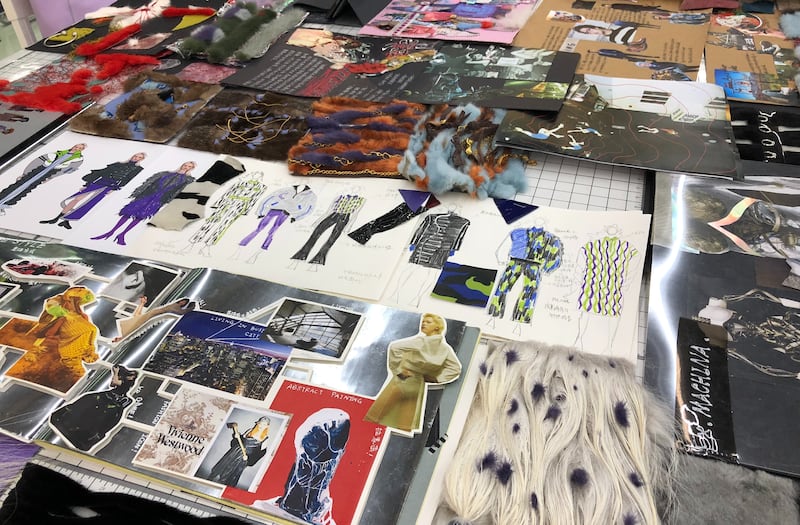
China Academy of Art, Hangzhou | Source: Courtesy
Overall, schools appear to have been successful at innovating their curriculum to reflect these industry-wide changes. Student satisfaction with the tools and technology made available to them in the Fashion Design programmes was 85 percent, 88 percent in Fashion Business and Management and 78 percent for students in Fashion Art Direction & Communication courses.
At RMIT University in Melbourne, Australia, a local tech start-up ran a workshop for students that enabled them to use algorithms and data sets to design prints, garments and accessories, and imagine a future of design alongside AI and advanced machine learning computers. Meanwhile at the Savannah College of Art and Design (SCAD) in Atlanta and Savannah, United States, undergraduate students learn all the processes required to produce their own collections, including sewing technology and computer-aided design. They also practice 2D and 3D formats. "We have access to useful industry standard technologies here that help prepare us," said a SCAD alumnus.
For many students, technology is also heavily linked to sustainability. Creating new technologically-driven fabrics and making data-driven design decisions is fast becoming a method of optimising their businesses for modern consumers. “I think we should not only bring sustainability to fashion, but also think about sustainable economies, business models,” said De Saint Pierre. “It’s about… the end life of product, production, circularity, inclusive design, how employees in-house and outside are treated and social responsibility in fashion.”
In the end, fashion school may not be for everyone, but for some students, there remains great value in a fashion education. “I don’t think students need to go to fashion schools,” said Rapley. “There are other ways in. However, by taking the opportunity to study, it helps them to grow up, to find out who they are and where their talents lie — it’s often not where they think. They often have a rose-tinted view of the industry, and it helps redirect their talents to where they fit in.”
Explore BoF’s full report on The Best Fashion Schools in the World 2019 and the new methodology here.
From analysis of the global fashion and beauty industries to career and personal advice, BoF’s founder and CEO, Imran Amed, will be answering your questions on Sunday, February 18, 2024 during London Fashion Week.
The State of Fashion 2024 breaks down the 10 themes that will define the industry in the year ahead.
Imran Amed reviews the most important fashion stories of the year and shares his predictions on what this means for the industry in 2024.
After three days of inspiring talks, guests closed out BoF’s gathering for big thinkers with a black tie gala followed by an intimate performance from Rita Ora — guest starring Billy Porter.